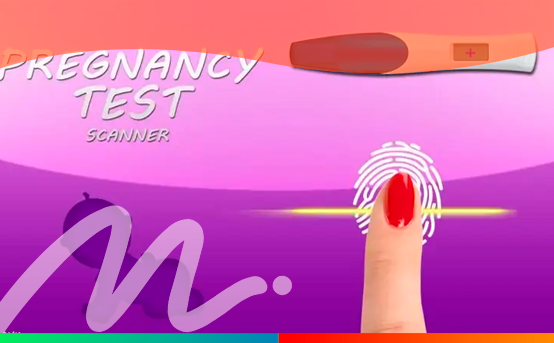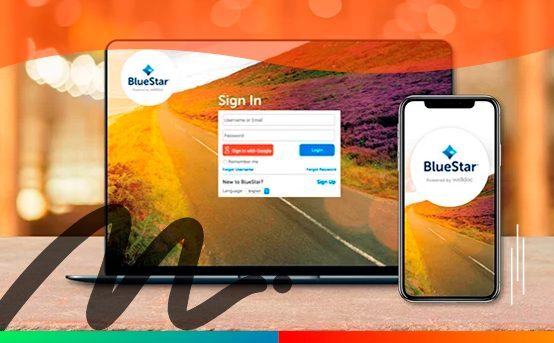
Diabetes, a chronic health condition affecting over 37 million adults in the United States, disrupts the body’s natural process of converting food into energy, leading to abnormal blood glucose (sugar) levels. Among those with diabetes, approximately 90% to 95% are diagnosed with type 2 diabetes, which often manifests after the age of 45. While there is no cure for diabetes, type 2 and gestational diabetes (which occurs during pregnancy) are both preventable, and all forms of diabetes are manageable. Thanks to technological advancements, individuals can now monitor their blood sugar levels, track their diet and exercise, set medication reminders, and effectively manage diabetes through the use of diabetes apps.
Understanding Diabetes
Diabetes is a chronic condition that primarily revolves around regulating blood sugar levels based on the body’s ability to convert food into energy. The process begins with the breakdown of food into sugar, which is then released into the bloodstream, causing an increase in blood sugar levels. To help facilitate the utilization of blood sugar as energy, the pancreas releases a hormone called insulin. However, in individuals with diabetes, the body either produces insufficient insulin or fails to use it effectively.
There are three main types of diabetes:
- Type 1 Diabetes: This form accounts for approximately 5% to 10% of all diabetes cases and results from the pancreas producing little to no insulin. Unlike type 2 diabetes, type 1 diabetes is not preventable and arises from an autoimmune disorder. It can develop at any age, although it is more common in children, teenagers, and young adults.
- Type 2 Diabetes: The most prevalent form of diabetes, type 2 diabetes, affects about 90% to 95% of individuals with the condition. It occurs when the body either does not produce enough insulin or struggles to use it effectively. Type 2 diabetes can develop at any age but is most commonly diagnosed after the age of 45. Factors contributing to its onset include genetics, physical inactivity, obesity, or a combination of these factors.
- Gestational Diabetes: Approximately 10% of pregnancies in the United States are affected by gestational diabetes. It occurs when the body fails to produce sufficient insulin during pregnancy. Generally, blood sugar levels return to normal after childbirth, but some individuals may later develop type 2 diabetes.
In addition to these three primary types, prediabetes is a condition in which blood sugar levels exceed the normal range but do not reach the threshold for a type 2 diabetes diagnosis. Over one-third of American adults experience prediabetes, which serves as a warning sign to implement dietary and exercise changes to reduce the risk of developing type 2 diabetes.
Choosing the Right Diabetes App:

Diabetes management is significantly enhanced by utilizing specialized apps. The choice of the most suitable app depends on whether an individual uses a finger stick monitor or a continuous glucose monitor (CGM). CGMs are small sensors placed on the arm or belly to measure blood sugar levels every few minutes. Some CGMs can sync with apps, providing real-time feedback via Bluetooth, offering insights into how lifestyle choices such as diet and exercise affect blood sugar levels.
For those employing a finger stick monitor or a device that does not automatically sync with a smartphone, tracking apps are available. These apps require manual data input but offer valuable guidance and insights into the impact of food, exercise, and lifestyle choices on blood sugar levels.
Apart from compatibility with the glucose monitoring device, users should consider their preferences and needs when selecting an app. Some apps provide extensive data and detailed information, suitable for individuals who enjoy graphs, percentages, and in-depth analyses. Others may prefer apps that connect to their CGMs, delivering basic blood sugar information or offering surface-level insights into the influence of diet and exercise on blood sugar levels.
Price is another crucial factor to consider when exploring diabetes apps. Some apps offer basic functionalities for free but may require a subscription or upgrade for full access.
Conclusion:
Managing diabetes is a lifelong endeavor, but it doesn’t have to be a burdensome one. Diabetes apps empower individuals to take control of their health and effectively manage their condition. It is recommended to consult with healthcare providers specializing in diabetes to determine which app aligns best with individual needs and preferences. These apps serve as valuable tools in the ongoing journey to maintain healthy blood sugar levels and overall well-being.
Time is of the essence, delve into the remarkable list of Apps handpicked by our tech gurus right away, and move forward to the next phase in your journey to success.





 Real Finger Pregnancy App: Discover the Future of Pregnancy Detection <p class='sec-title' style='line-height: normal; font-weight: normal;font-size: 16px !important; text-align: left;margin-top: 8px;margin-bottom: 0px !important;'>Experience the Next Generation of Pregnancy Detection: Explore the Real Finger Pregnancy App. Embrace Cutting-Edge Technology for Accurate and Convenient Results. </p>
Real Finger Pregnancy App: Discover the Future of Pregnancy Detection <p class='sec-title' style='line-height: normal; font-weight: normal;font-size: 16px !important; text-align: left;margin-top: 8px;margin-bottom: 0px !important;'>Experience the Next Generation of Pregnancy Detection: Explore the Real Finger Pregnancy App. Embrace Cutting-Edge Technology for Accurate and Convenient Results. </p>  iBabyControl App: A Comprehensive Baby Tracking Solution <p class='sec-title' style='line-height: normal; font-weight: normal;font-size: 16px !important; text-align: left;margin-top: 8px;margin-bottom: 0px !important;'>The iBabyControl app is a comprehensive tool designed to help parents track and record essential moments in their baby's life, from birth to important health milestones.</p>
iBabyControl App: A Comprehensive Baby Tracking Solution <p class='sec-title' style='line-height: normal; font-weight: normal;font-size: 16px !important; text-align: left;margin-top: 8px;margin-bottom: 0px !important;'>The iBabyControl app is a comprehensive tool designed to help parents track and record essential moments in their baby's life, from birth to important health milestones.</p>  BlueStar Diabetes App: Revolutionizing Diabetes Management <p class='sec-title' style='line-height: normal; font-weight: normal;font-size: 16px !important; text-align: left;margin-top: 8px;margin-bottom: 0px !important;'>Discover how the BlueStar Diabetes app works.</p>
BlueStar Diabetes App: Revolutionizing Diabetes Management <p class='sec-title' style='line-height: normal; font-weight: normal;font-size: 16px !important; text-align: left;margin-top: 8px;margin-bottom: 0px !important;'>Discover how the BlueStar Diabetes app works.</p>